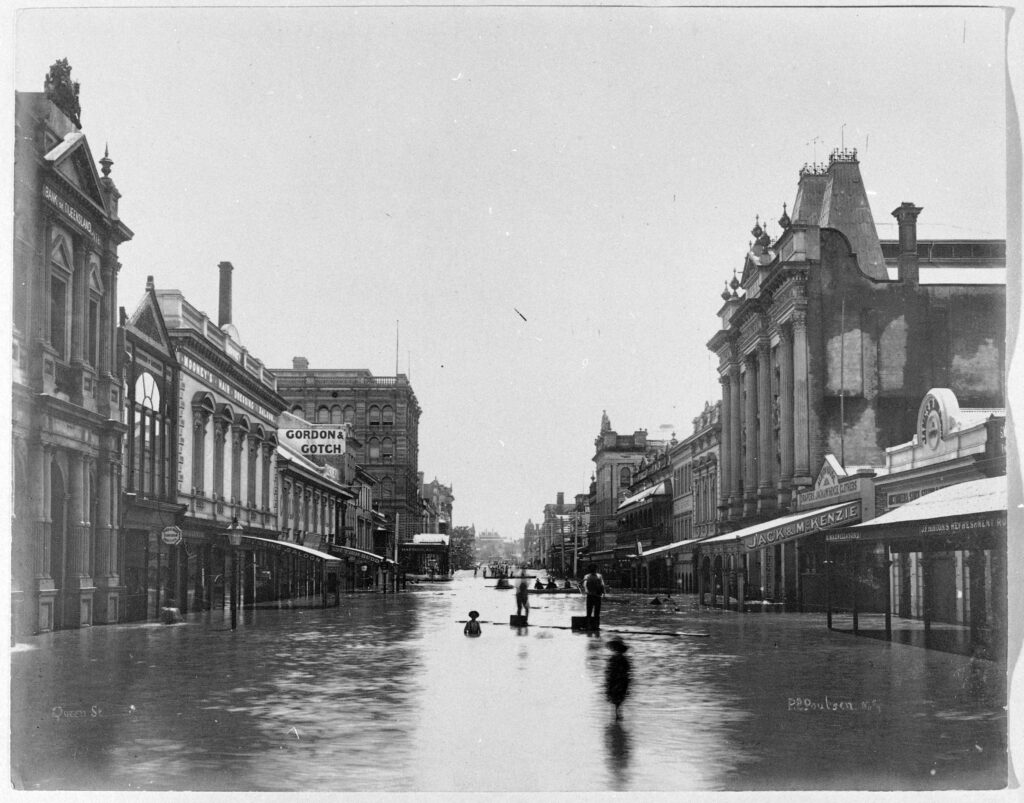Breaking News Today – Brisbane Floods 2010


Breaking News Today – Brisbane Floods 2010
The floods of November 2010 in Queensland, Australia, affected hundreds of thousands of people. Over two million were affected, and over 90 towns were affected. Initial estimates put the damage at A$1 billion. Later, the figure increased to $2.38 billion. The destruction was unprecedented, and it forced a massive response from the state government. The resulting disaster still impacts people’s lives today. But it was far worse than the flooded cities of Sydney and Melbourne.
As of this writing, at least 19 people have died in the Brisbane floods, and more than 118,000 buildings have been damaged or destroyed. Although floodwaters have now peaked, many areas of the city will need years of reconstruction. While water levels have dropped significantly, authorities are warning that there will be more flooding in the coming weeks. The rise in rainfall is directly related to climate change. The peak of the flooded areas is moving from the Brisbane CBD to the Gold Coast.
More than a hundred people are missing and 20 have died. This disaster has left thousands of residents displaced. The Queensland Reconstruction Authority has been established to coordinate rebuilding efforts and investigate the floods. It is unclear whether any of the residents have been killed, but it is likely that many are in need of shelter. A number of buildings and streets in the inner city of Brisbane are flooded as a result of the resulting water.
As of November 30, more than a third of Queenslanders have been displaced due to the flooding. More than 200,000 people have lost their homes and their belongings, and an estimated 35 people have been affected. The city is on the mend now and has seen an army of volunteers stepping in to help. In addition to the state government’s emergency response, the volunteers have made national news and demonstrated the true spirit of Australian neighbourliness.
The floodwaters caused more than a million people to be displaced. One of them was a 75-year-old woman who drowned in the outer western suburbs. Police officers were not able to find her car for three hours. They had to call in the swift water crews to find her. In the meantime, the city is a mess. There are dozens of people missing, and the situation is far from normal.
The floods in Brisbane caused extensive damage and have still not been fully resolved. The city’s floodwaters were exacerbated by the release of low-lying streams from the Wivenhoe Dam. The floods in the southern suburbs were the worst affected. However, the water level of the Brisbane River is much lower than the one in the western suburbs. Therefore, residents in this region were forced to evacuate to higher ground.
The Brisbane River experienced significant flooding in early February. It is now one of the most dangerous areas in the world. It has flooded homes and businesses in more than one hundred locations. Despite the damage, residents have been left in shock. The impacted communities have had to rebuild their homes. They were forced to evacuate and stay in temporary housing. In this case, it is crucial to prepare yourself for any future floods.
The flooding in Brisbane continued until January 2011, when the banks of the Brisbane River broke. Twenty thousand homes were affected, and nine people are still missing. The river caused extensive destruction to both low-lying areas and flood-prone areas, including the Brisbane River Walk. And the flooding continues into 2011, with more than one million people still displaced, and over two hundred homes inundated. This is the second largest natural disaster in the city, after the earthquake in 2008.
Unlike earthquakes, the Brisbane River flooding was unpredictable. The city has frequent periods of inundation, but these are overshadowed by larger, more devastating floods. Major floods can last for months or even years. The probability of a major flood in Brisbane is 1%. This means that a city can expect a significant number of major floods in its lifetime. In fact, the frequency of Brisbane floods will increase with the years.


